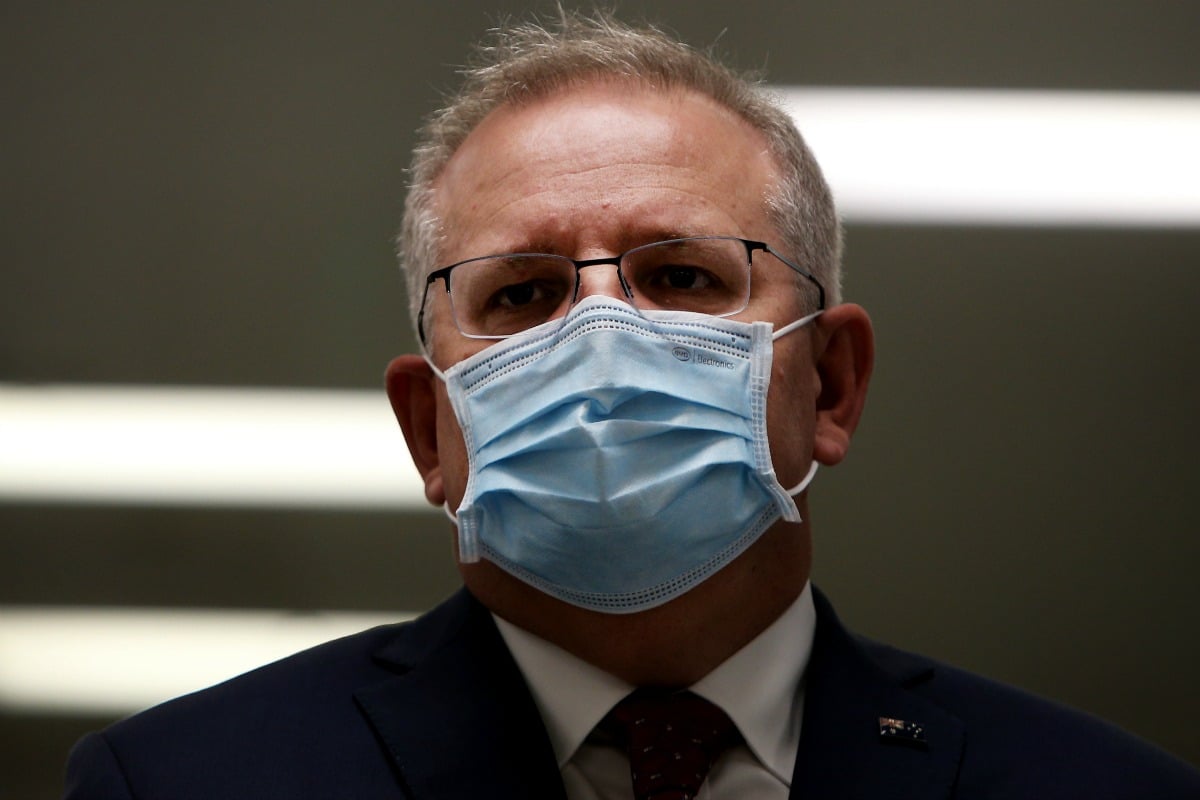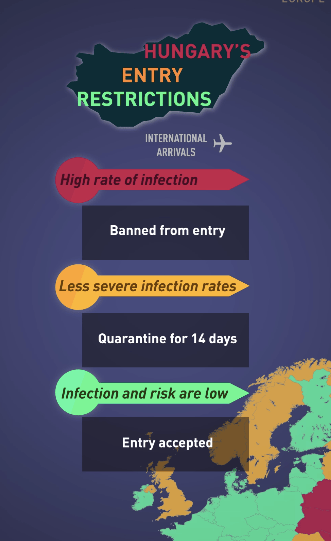
Mamamia’s What You Need To Know series breaks down the big news stories for you in easy-to-understand terms. We’re not ‘dumbing it down’, we’re just providing the context that can so often be lost in today’s fast-moving and never-ending news cycle. Today, we break down the 'traffic light’ system that could help reopen Australia.
Prime Minister Scott Morrison is getting restless.
Australia's state and territory leaders remain strict in their lockdowns along border lines, but after the death of an unborn baby in Ballina on NSW’s north coast when a mother had to travel to Sydney instead of Brisbane for emergency surgery, he's adamant that things have to change.
"Australia was not built to have internal borders, in fact the very point of federation was not to have them," Morrison told a Bush Summit in Cooma on Friday.
Watch: The Project explains the traffic light system. Post continues after the video.
It's understood health experts are just days away from finalising a new lockdown criteria that will help Australia reopen internally.


Top Comments